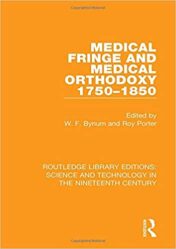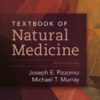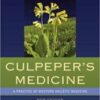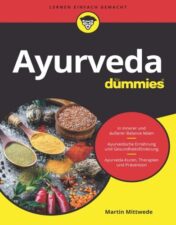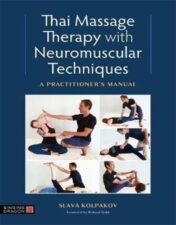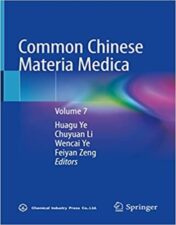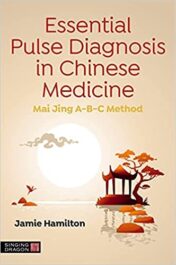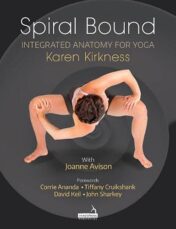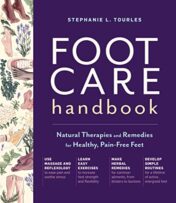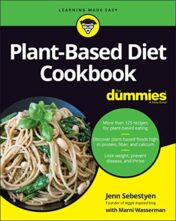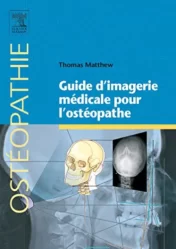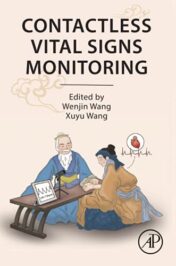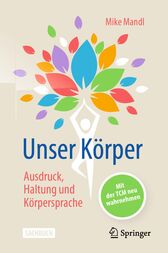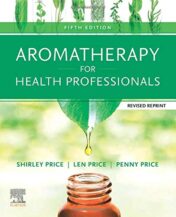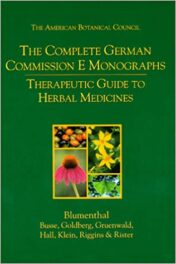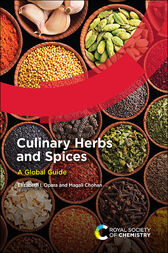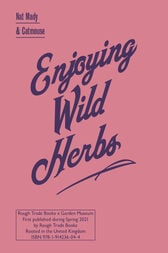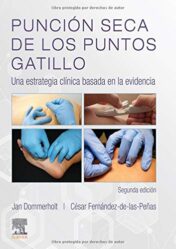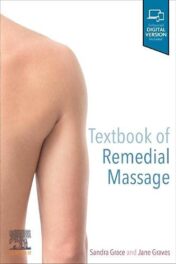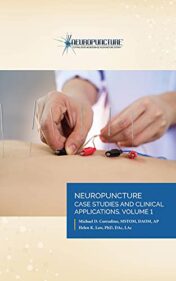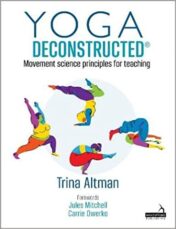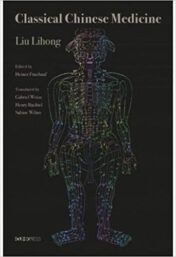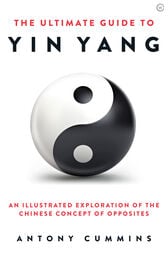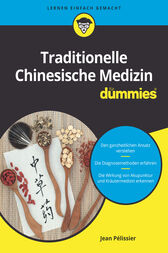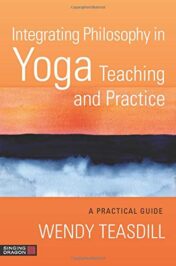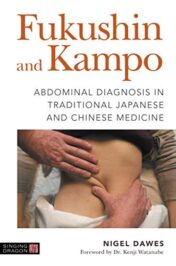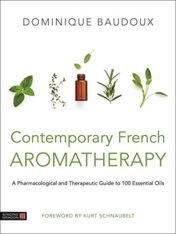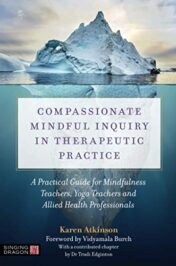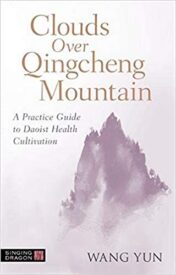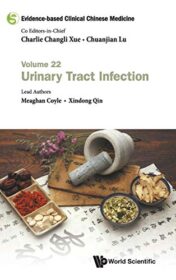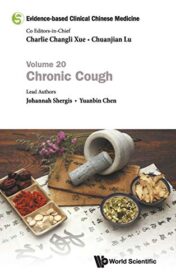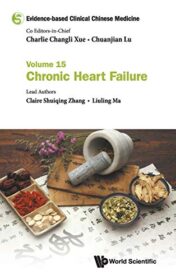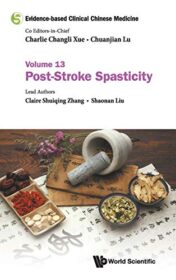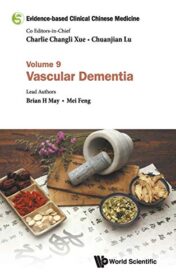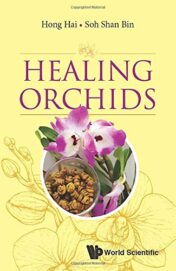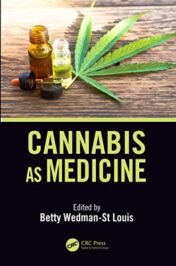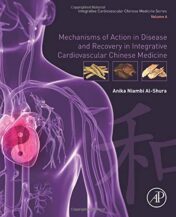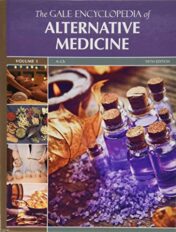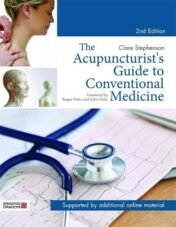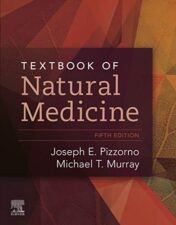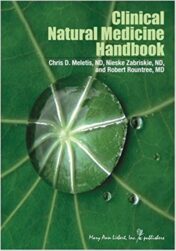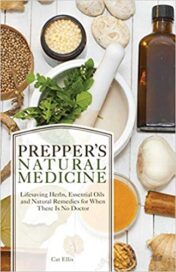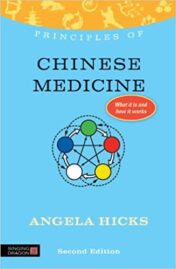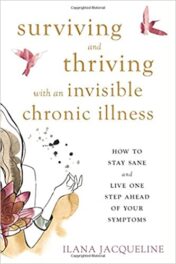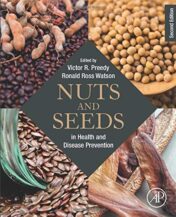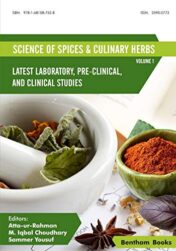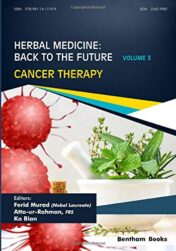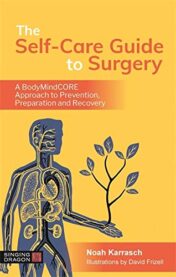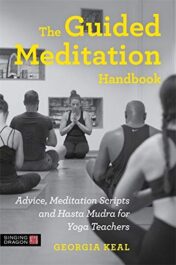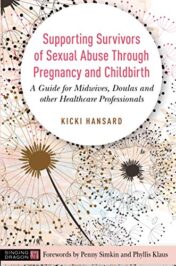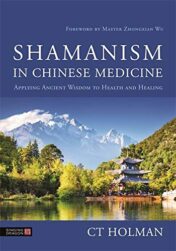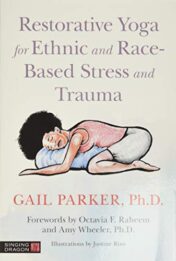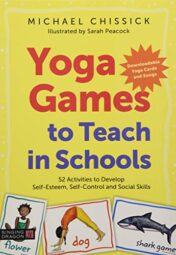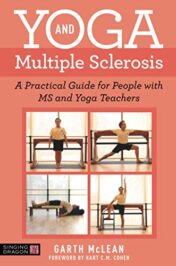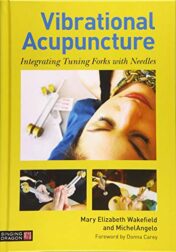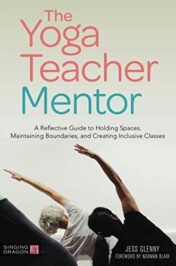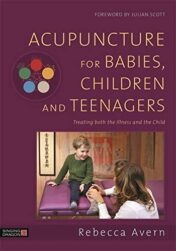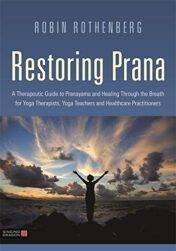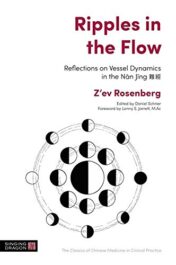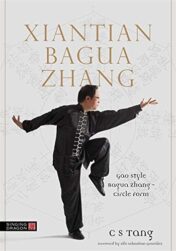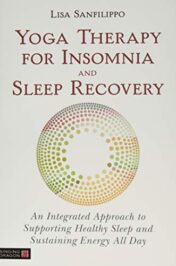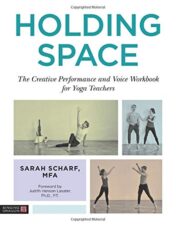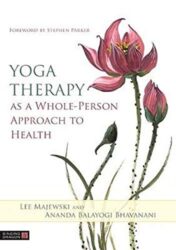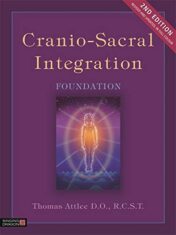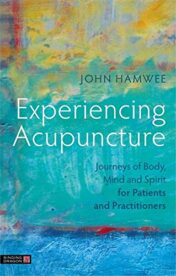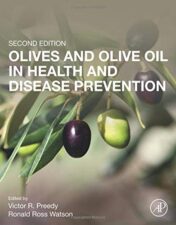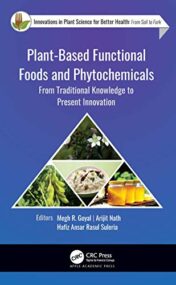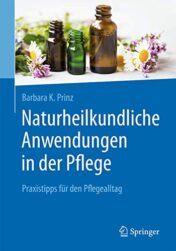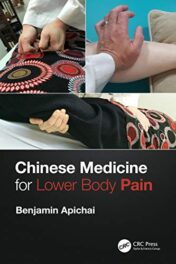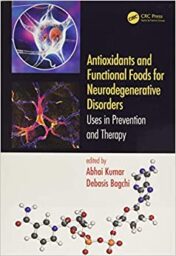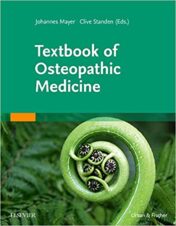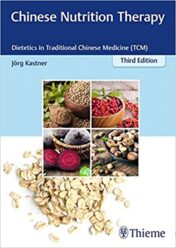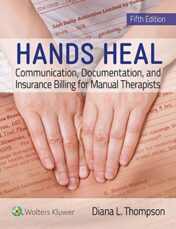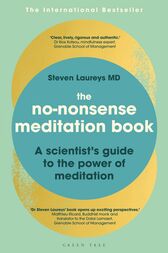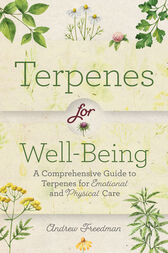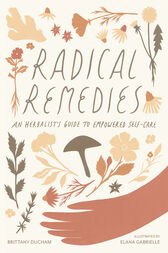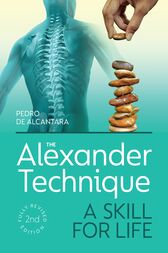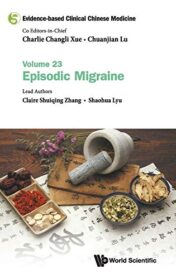Medical Fringe and Medical Orthodoxy 1750-1850 1st Edition (Original PDF)
$15
Medical Fringe and Medical Orthodoxy 1750-1850 1st Edition (Original PDF)
First published in 1987. Even as the professionalism of medicine progressed, many sufferers continued to rely on what would now be termed “fringe” practitioners – quacks, backstreet surgeons, bone-setters, Thomsonian botanists, holists and naturalists. Many types of fringe medicine were popular in particular circles or reflected the political or religious preoccupations of their practitioners. Anti-establishment radicals might favour natural medicine, Christian Scientists would reject the medical aid, “Physical Puritans” would concentrate on homeopathy, hydropathy and vegetarianism to create health rather than counter disease. Some diseases, particularly venereal ones, allowed practitioners to play unscrupulously on the guilt of their patients. The end of the period saw professionalism establish itself in many areas, for example with the foundation in 1852 of the Pharmaceutical Society, and conflicts of fringe and orthodoxy became the fiercer.
The essays collected in this volume all present new research on this fascinating and diverse period in the history of medicine.
Related Products
Traditional Medicine Books
Ayurveda für Dummies (Für Dummies) (German Edition) 2022 epub+converted pdf
Traditional Medicine Books
Plants and Phytomolecules for Immunomodulation: Recent Trends and Advances 2022 Original PDF
Traditional Medicine Books
Traditional Medicine Books
Traditional Medicine Books
Treating Insomnia with Chinese Medicine 2022 epub+converted pdf
Traditional Medicine Books
Traditional Medicine Books
Traditional Medicine Books
Tea and the Effects of Tea Drinking (Classics To Go) 2022 Epub+ converted pdf
Traditional Medicine Books
Traditional Medicine Books
The Microbiome, Gut Health and Oriental Medicine 2022 Original pdf
Traditional Medicine Books
Traditional Medicine Books
Traditional Medicine Books
Thai Massage with Neuromuscular Techniques 2022 Original PDF
Traditional Medicine Books
Common Chinese Materia Medica: Volume 4 (Common Chinese Materia Medica, 4) 2022 Original PDF
Traditional Medicine Books
Common Chinese Materia Medica: Volume 7 (Common Chinese Materia Medica, 7) 1st ed. 2022 Original pdf
Traditional Medicine Books
Guida alle piante fitoterapiche, 2° edizione 2022 EPUB & converted pdf
Traditional Medicine Books
Essential Pulse Diagnosis in Chinese Medicine 2022 Original PDF
Traditional Medicine Books
Spiral Bound Biotensegrity for Yoga: Biotensegrity for Yoga Anatomy 2020 EPUB & converted pdf
Traditional Medicine Books
Spiral Bound Biotensegrity for Yoga: Biotensegrity for Yoga Anatomy 2020 Original PDF
Traditional Medicine Books
Foot Care Handbook: Natural Therapies and Remedies for Healthy, Pain-Free Feet 2021 Original PDF
Traditional Medicine Books
Traditional Medicine Books
Kinésithérapie de la face, du crâne et du cou (Hors collection) (French Edition) 2015 Original PDF
Traditional Medicine Books
Guide D’imagerie Médicale Pour L’ostéopathe (Ostéopathie) (French Edition) 2015 Original pdf
Traditional Medicine Books
Atlas Shiatsu: Die Meridiane des Zen-Shiatsu 2016 Original epub+ converted pdf
Traditional Medicine Books
Contactless Vital Signs Monitoring 1st Edition 2021 Original pdf
Traditional Medicine Books
nser Körper – Ausdruck, Haltung, Körpersprache: Mit der TCM neu wahrnehmen 2021 Original pdf
Traditional Medicine Books
Aromatherapy for Health Professionals Revised Reprint 5th Edition 2021 Original pdf
Traditional Medicine Books
Traditional Medicine Books
Traditional Medicine Books
Traditional Medicine Books
Traditional Medicine Books
Punción seca de los puntos gatillo (2ª ed.) (Spanish Edition) (Original PDF)
Traditional Medicine Books
Traditional Medicine Books
Neuropuncture™ Case Studies and Clinical Applications: Volume 1
Traditional Medicine Books
Yoga and Mindfulness for Young Children: Poses for Play, Learning, and Peace
Traditional Medicine Books
Yoga Deconstructed (Transitioning from rehabilitationo back into the yoga studio) (ORIGINAL PDF)
Traditional Medicine Books
Traditional Medicine Books
Traditional Medicine Books
Traditional Medicine Books
Integrating Philosophy in Yoga Teaching and Practice (Original PDF)
Traditional Medicine Books
Traditional Medicine Books
Traditional Medicine Books
Traditional Medicine Books
Traditional Medicine Books
Clinical Handbook of Yamamoto New Scalp Acupuncture (Original PDF)
Traditional Medicine Books
Evidence-Based Clinical Chinese Medicine – Volume 22: Urinary Tract Infection (Original PDF)
Traditional Medicine Books
Evidence-Based Clinical Chinese Medicine – Volume 20: Chronic Cough (Original PDF)
Traditional Medicine Books
Evidence-based Clinical Chinese Medicine: Volume 15: Chronic Heart Failure (Original PDF)
Traditional Medicine Books
Evidence-based Clinical Chinese Medicine: Volume 13: Post-Stroke Spasticity (Original PDF)
Traditional Medicine Books
Evidence-based Clinical Chinese Medicine: Volume 9: Vascular Dementia (Original PDF)
Traditional Medicine Books
Traditional Medicine Books
Traditional Medicine Books
Traditional Medicine Books
Traditional Medicine Books
The Gale Encyclopedia Alternative Medicine: 5 volume set, 5th Edition (EPUB+PDF)
Traditional Medicine Books
The Acupuncturist’s Guide to Conventional Medicine, Second Edition (Original PDF)
Traditional Medicine Books
Traditional Medicine Books
Culpeper’s Medicine: A Practice of Western Holistic Medicine 2nd Edition (Original PDF)
Traditional Medicine Books
Traditional Medicine Books
Traditional Medicine Books
Traditional Medicine Books
Nuts and Seeds in Health and Disease Prevention, 2nd Edition (Original PDF)
Traditional Medicine Books
Traditional Medicine Books
Traditional Medicine Books
Herbal Medicine: Back to the Future: Volume 3, Cancer Therapy (Original PDF)
Traditional Medicine Books
Traditional Medicine Books
Traditional Medicine Books
Supporting Survivors of Sexual Abuse Through Pregnancy and Childbirth (Original PDF)
Traditional Medicine Books
Shamanism in Chinese Medicine: Applying Ancient Wisdom to Health and Healing (Original PDF)
Traditional Medicine Books
Restorative Yoga for Ethnic and Race-Based Stress and Trauma (Original PDF)
Traditional Medicine Books
Traditional Medicine Books
Traditional Medicine Books
Vibrational Acupuncture: Integrating Tuning Forks With Needles (Original PDF)
Traditional Medicine Books
Traditional Medicine Books
Traditional Medicine Books
Traditional Medicine Books
Traditional Medicine Books
Structural Energetics in Zero Balancing Bodywork (Original PDF)
Traditional Medicine Books
Bagua Zhang: Gao Style Bagua Zhang – Circle Form (Original PDF)
Traditional Medicine Books
Traditional Medicine Books
Traditional Medicine Books
Yoga Therapy as a Whole-Person Approach to Health (Original PDF)
Traditional Medicine Books
Cranio-Sacral Integration, Foundation, Second Edition (Original PDF)
Traditional Medicine Books
Traditional Medicine Books
Olives and Olive Oil in Health and Disease Prevention (Original PDF)
Traditional Medicine Books
Traditional Medicine Books
Traditional Medicine Books
Traditional Medicine Books
Traditional Medicine Books
Traditional Medicine Books
Traditional Medicine Books
Traditional Medicine Books
Traditional Medicine Books
Traditional Medicine Books
The Alexander Technique – A Skill for Life, 2nd Edition (EPUB+PDF)
Traditional Medicine Books
Evidence-Based Clinical Chinese Medicine – Volume 23: Episodic Migraine (Original PDF)

